Unveiling the Symphony of Scents: Top 10 Factors Influencing Terpene Biosynthesis in Cannabis
Terpenes, the aromatic compounds found in cannabis, contribute not only to the distinct flavors and scents of different strains but also possess potential therapeutic benefits. Understanding the factors influencing terpene biosynthesis is crucial for cultivators seeking to enhance the aromatic and medicinal qualities of their cannabis plants. In this expert article, we delve into the top 10 factors shaping the symphony of terpene production.
1. Genetics: The Blueprint of Aroma
At the core of terpene diversity lies the genetic makeup of cannabis strains. Different cultivars possess unique terpene profiles, influencing the types and concentrations of aromatic compounds produced.
2. Environmental Conditions: Nature's Orchestra Conductor
Temperature, humidity, and light intensity serve as the environmental orchestrators of terpene biosynthesis. Fine-tuning these conditions is essential for coaxing the desired aromatic expressions from cannabis plants.
3. Nutrient Levels: Nourishing the Scented Symphony
Optimal nutrient levels, including nitrogen, phosphorus, and potassium, are essential for robust plant health and contribute to the synthesis of terpenes. Balancing nutrient ratios ensures a harmonious interplay of aromatic compounds.
4. Stress Responses: The Composer's Creativity
Environmental stressors, such as pest attacks or changes in growing conditions, stimulate cannabis plants to produce terpenes as a defensive response. Stress-induced terpenes often contribute unique and intense aromas.
5. Harvest Time: Timing the Crescendo
The stage at which cannabis is harvested profoundly influences its terpene content. Harvesting at the peak of the plant’s lifecycle ensures maximum terpene expression, providing a climactic finale to the cultivation process.
6. Cultivation Techniques: Soil, Hydro, Aero – Crafting the Melody
Diverse cultivation methods, from traditional soil to hydroponics or aeroponics, impact nutrient absorption and overall plant health, influencing the terpene profile. Each method contributes a distinct note to the aromatic composition.
7. Light Spectrum: Painting with Light
The spectrum of light during cultivation, whether from sunlight or artificial sources, plays a pivotal role in terpene production. Specific wavelengths can stimulate or inhibit the synthesis of certain terpenes, adding nuances to the fragrance.
8. Temperature Fluctuations: Crafting Complexity
Controlled temperature variations throughout the growth cycle can influence terpene production. Fine-tuning temperature conditions allows cultivators to craft complex and nuanced aromatic bouquets.
9. Microbial Interactions: The Soil Symphony
Beneficial microbes in the soil form a symbiotic relationship with cannabis plants, enhancing nutrient absorption and stimulating terpene production. The microbial orchestra contributes depth and richness to the terpene composition.
10. Harvesting and Curing Techniques: Refining the Aroma
Post-harvest processes, including drying and curing, are the final acts in shaping the terpene profile. Proper techniques preserve and enhance the aromatic qualities, ensuring that the final product reflects the true potential of the cultivated strain.
Summary:
In the cultivation of cannabis, the synthesis of terpenes is a complex and multifaceted process. By mastering the interplay of genetics, environment, and cultivation techniques, cultivators can orchestrate a symphony of scents that not only delights the senses but also harnesses the full therapeutic potential of these remarkable aromatic compounds.



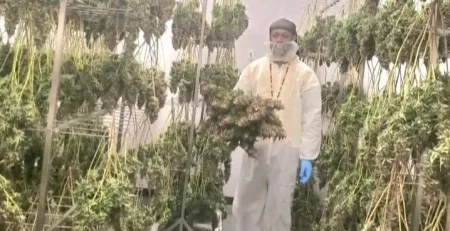
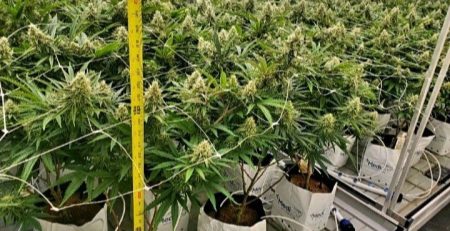
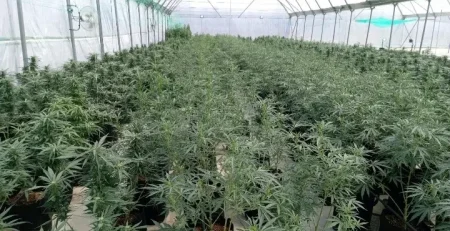
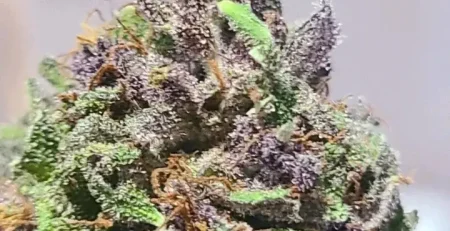


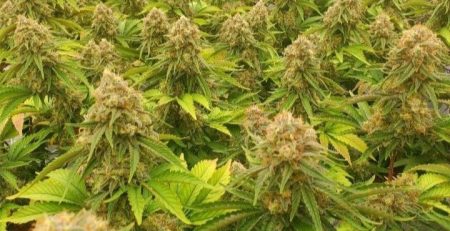
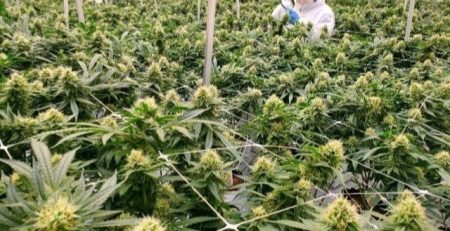

Leave a Reply